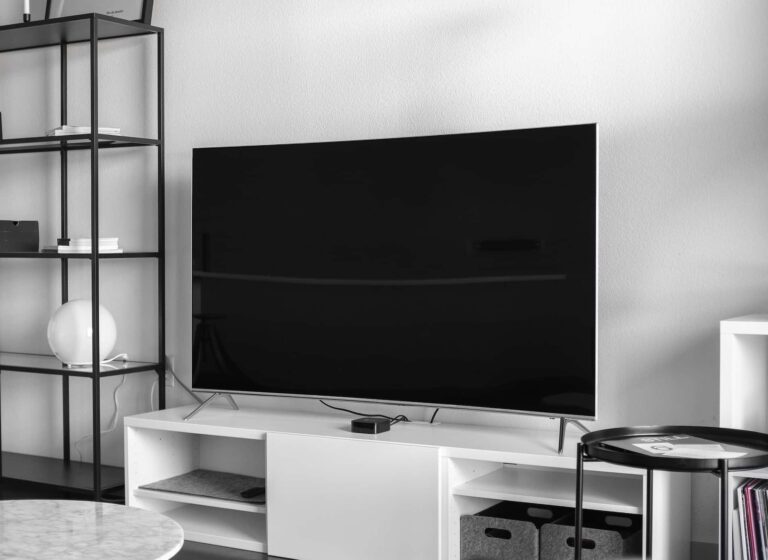The new EU Regulation aims to reduce the environmental impact of electronic devices and household appliances in Europe. The regulations focus in particular on reducing energy consumption in standby mode.
The European Commission published a new EU Regulation on April 17, 2023, that aims to reduce the environmental impact of electronic devices and household appliances, particularly with regard to standby mode.
Let’s see why and what the possible implications will be for companies and users.
Table of Contents
The European Commission’s new regulation on electronic devices
The new EU Regulation was introduced in order to reduce the environmental impact of electronic devices and household appliances based on their use in stand-by mode.
The European Commission noted that most electronic devices consume energy even when not in use, which is a serious waste of resources and a significant environmental impact.
Therefore, the EU Regulation stipulates that companies producing electronic devices and household appliances must comply with the new standards within two years of the regulation’s publication.
Specifically, the regulations will introduce specific power consumption limits for devices that are in standby mode.
In addition, the new regulation will require manufacturers to provide information on the energy consumption of electronic devices and household appliances in a way that is clear and understandable to consumers.
This will enable consumers to choose to purchase energy-efficient products, helping to reduce the environmental impact of electronic devices and home appliances.
Do our devices consume power even when they are turned off?
Standby consumption, or standby mode, refers to the power consumption of electronic devices and appliances when they are not in use but are still plugged in or waiting for a power signal.
Although the device appears to be turned off, it actually remains in some sort of “wake” state so that it can be turned on more quickly.
This consumption can be a significant part of a device’s total power consumption, and it is often an area where improvements can be made to reduce environmental impact and power consumption.
Many manufacturers are already working to reduce the stand-by consumption of their products, such as through the use of more efficient technologies and automatically turning off stand-by mode after a certain period of inactivity.
Read also: Hydroelectric power, the leading producing countries worldwide
The effects of the new regulation on device stand-by
Reducing energy consumption in stand-by mode of electronic devices can lead to numerous benefits for both the environment and consumers.
For example, decreasing emissions of CO2, the main gas responsible for the greenhouse effect, will help slow climate change. In addition, reduced energy costs for consumers can translate into significant savings on electricity bills.
The new EU legislation has set a maximum standby consumption limit of 0.30 watts for devices manufactured from 2025.
This means that manufacturers of electronic devices and household appliances will have to comply with this legislation. And supply products that meet this maximum stand-by consumption limit.
The European Union estimates that reducing standby power consumption will lead to annual savings of 530 million euros. And a reduction in CO2 emissions of 14.5 million tons by 2030.
How to adapt to the new EU Regulation on device standby?
The new EU Regulation will apply to many types of appliances and device. Almost all of which we use on a daily basis. As citizens, however, you will not need to take any action.
It will be up to manufacturers to ensure that their products meet the new standby consumption limits.
This means that companies will have to make changes to their production line. Which could include adding new components and adopting more energy-efficient design techniques.
Read also: The EU has reached an agreement on renewables: what it includes












